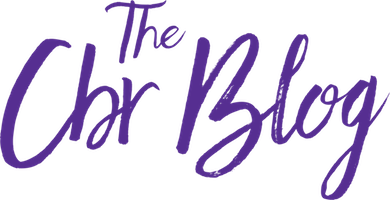Not long ago, it was common scientific belief that the adult human brain, once injured, could not be repaired.1 Today, stem cell therapy may hold the key to changing that notion. Brain injuries can occur from trauma, circulatory system failure, infectious disease, genetics, and environmental factors, but they all have a few things in common. They’re widespread, affecting all ages and races, are expensive to treat, with limited treatment options available, and often result in permanent and lifelong disability. Only recently have scientists discovered that the adult human brain has a limited capacity to self-regenerate.1 Stem cell therapies are being studied for their ability to aid this process, helping protect the brain by suppressing inflammation, boosting its ability to repair damage, regain function, and improve the quality of life of patients with neurological disorders.1
Stem Cells & Brain Elasticity
Unlike the adult brain, the brain of a child is remarkably elastic, shown by their rapid ability to develop and improve new skills. This ongoing growth makes a child’s developing brain very susceptible to injury, but may also have a positive effect on its ability to repair itself.1 In the case of severe injury or illness, the ways the brain protects and performs repairs are similar in both children and adults. But what if stem cell therapy could control the developing brain’s elasticity? It could mean that the potential treatment window of stem cell therapies may be much wider in children.1 As further study is done on the ways that cells may impact brain elasticity, stem cell therapies may also become applicable to injuries in the adult brain, providing additional tools to further enhance recovery and/or extend the window for repair.
Advancing Treatment Options with Cord Blood
Cord blood is an attractive source of stem cells for use in brain injury research because of its availability, favorable safety profile and ability to differentiate into various specialized cell types.1 Potential cord blood-based regenerative therapies are being investigated for various neurological diseases such as cerebral palsy, stroke, autism, Alzheimer’s, ALS, and Parkinson’s.1 Cord blood is also being studied as a potential therapy for patients with brain injuries. A lot of work still needs to be done in preclinical and clinical studies, but stem cell therapies may someday be able to help patients with acquired and genetic brain diseases. That’s definitely a “brain trust” we can get behind!
Sources:
- Jessica M. Sun, Joanne Kurtzberg. Cord blood for brain injury. Cytotherapy: Volume 17, Issue 6, A1-A12, 693-816 (2015). Accessed December 13, 2015.



Could these help
A sibling with epilepsy?
If you’d like to learn more about how genetic matching works, the potential of regenerative medicine, and answers to other questions, our educators can help at 888.240.1996